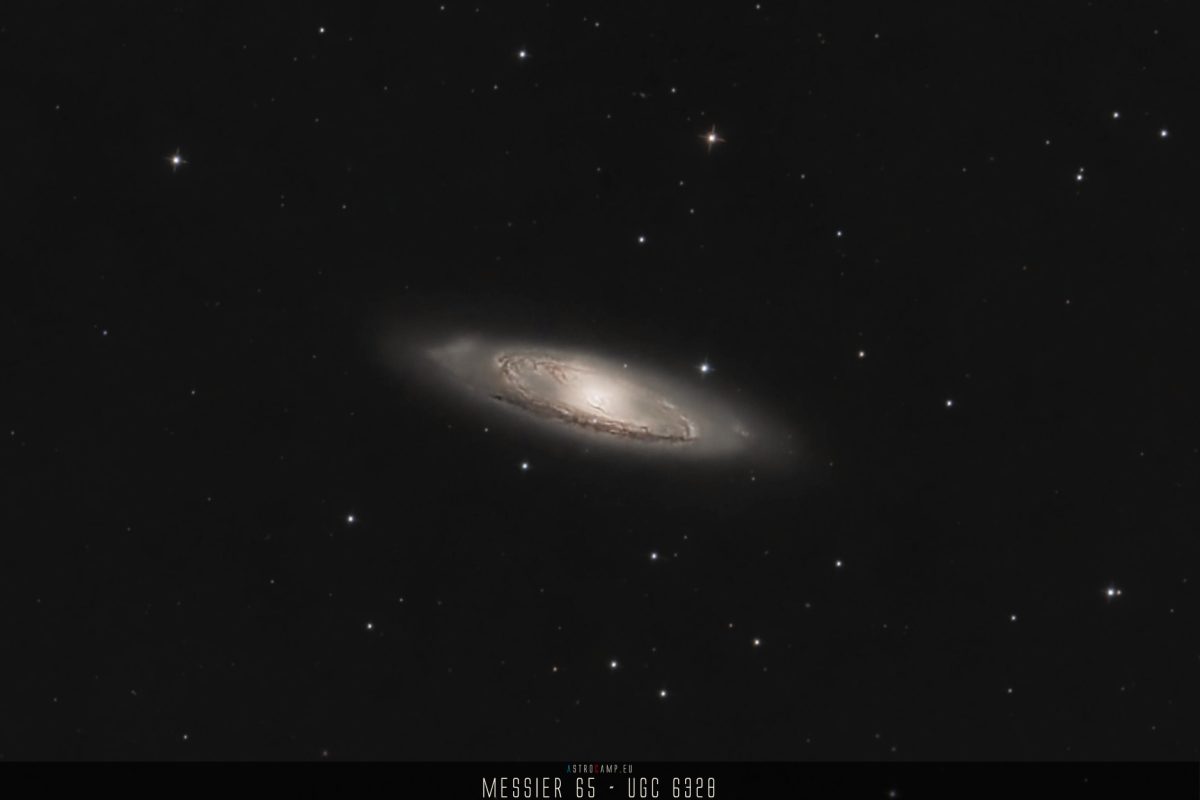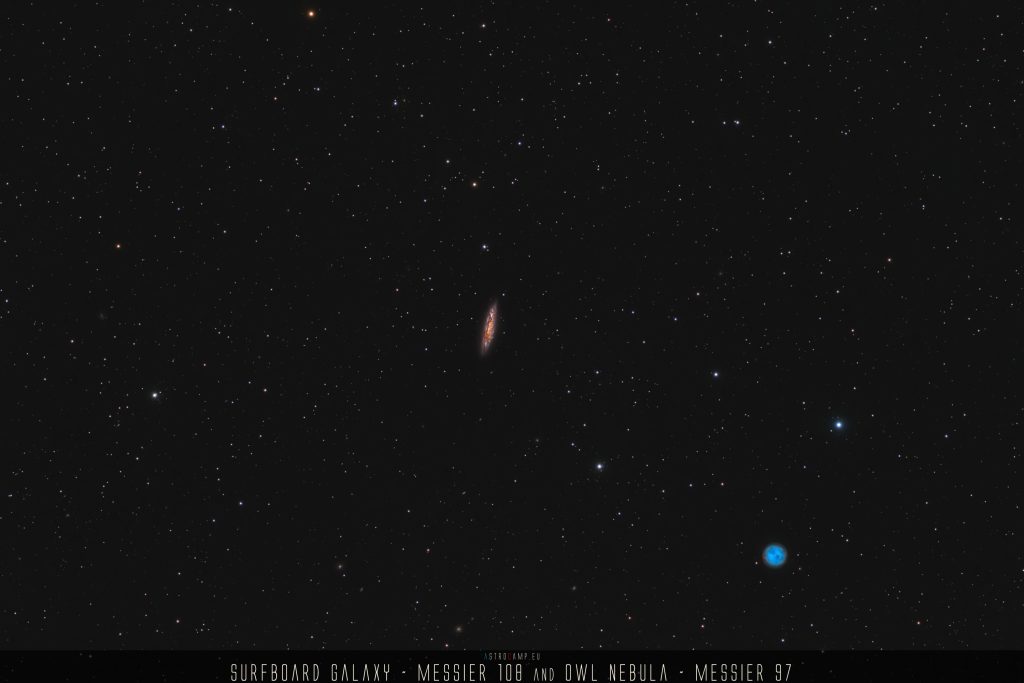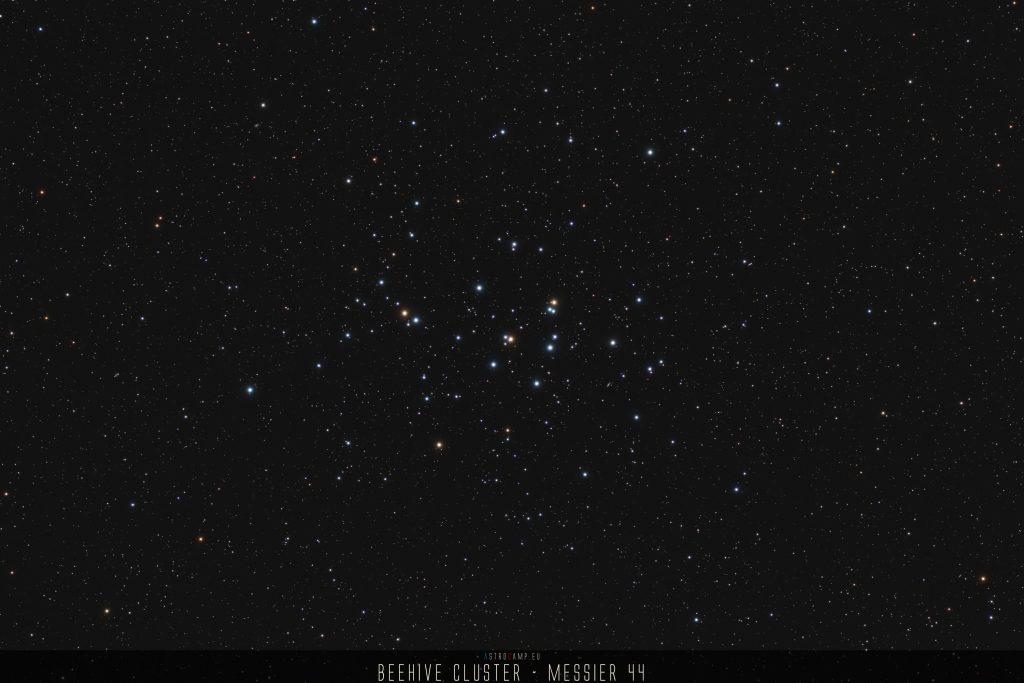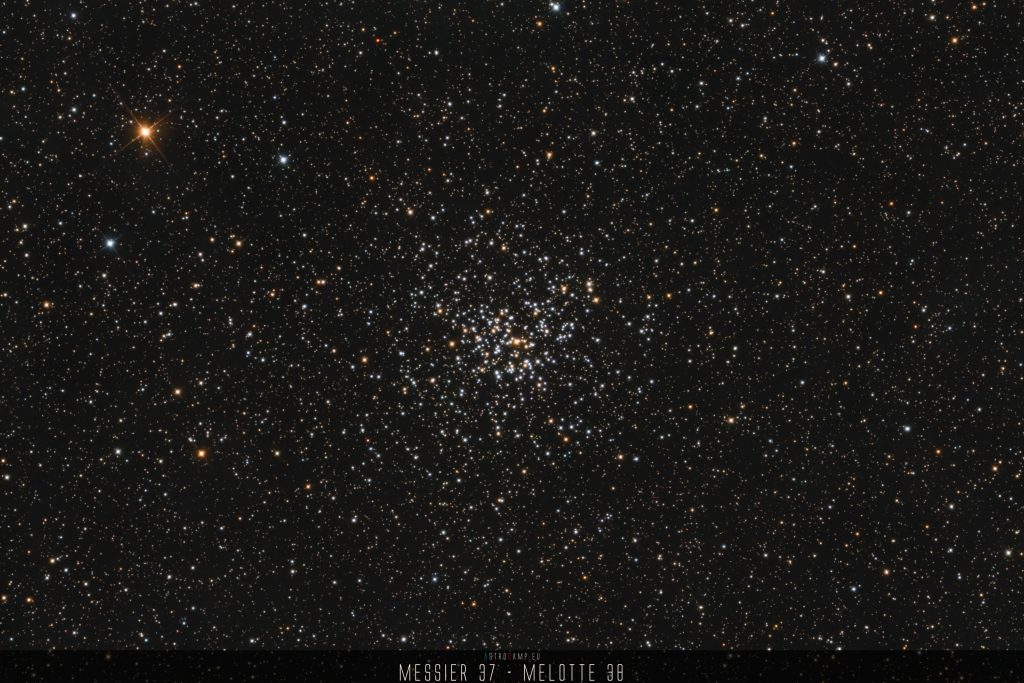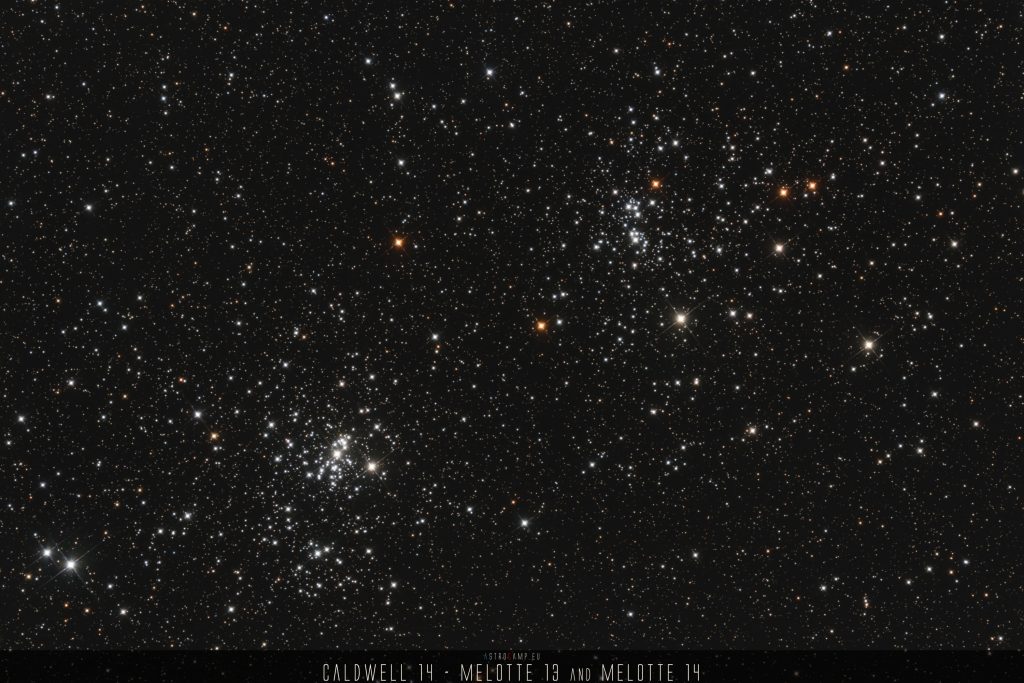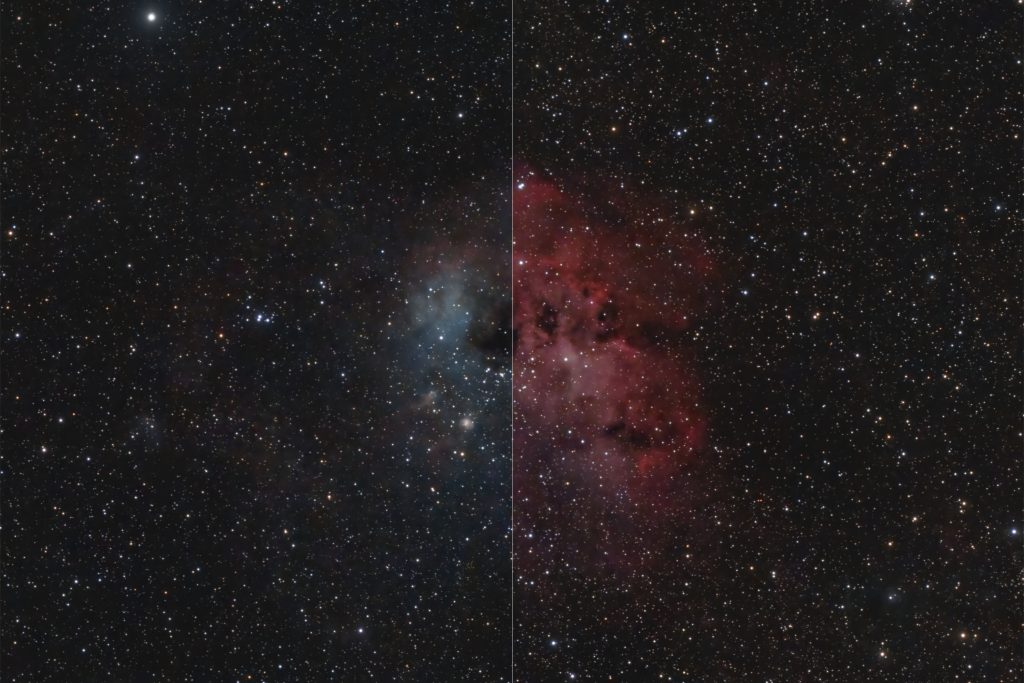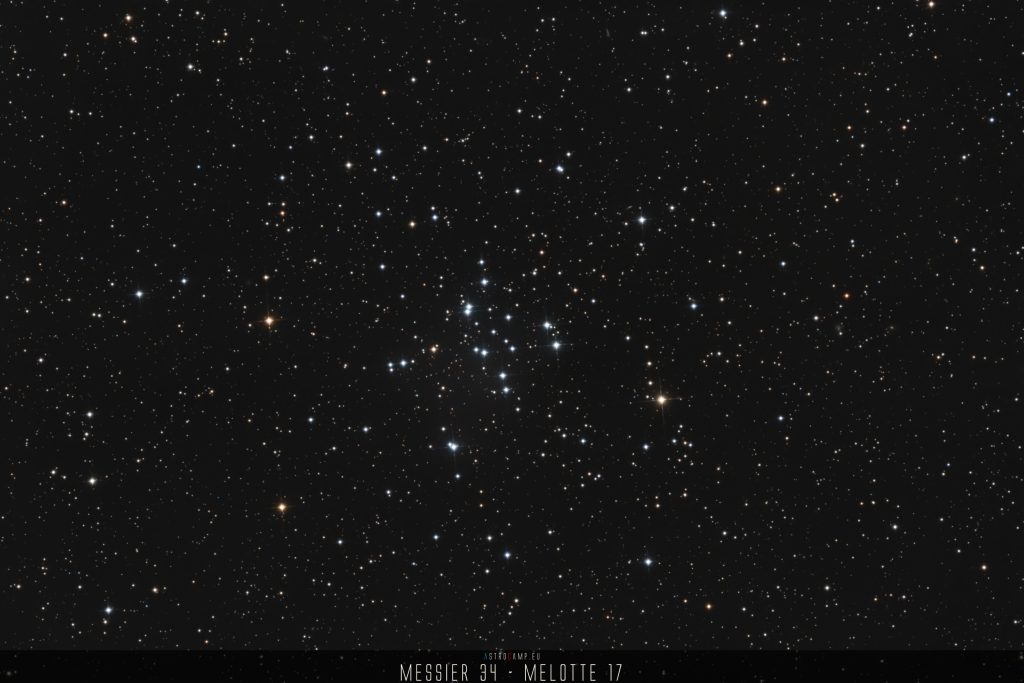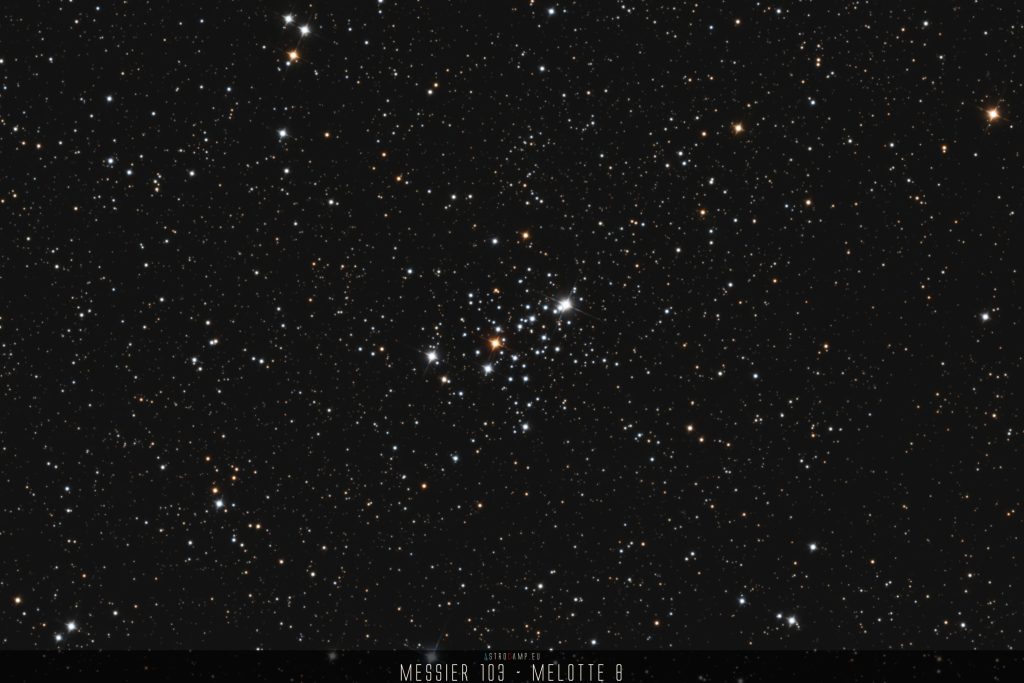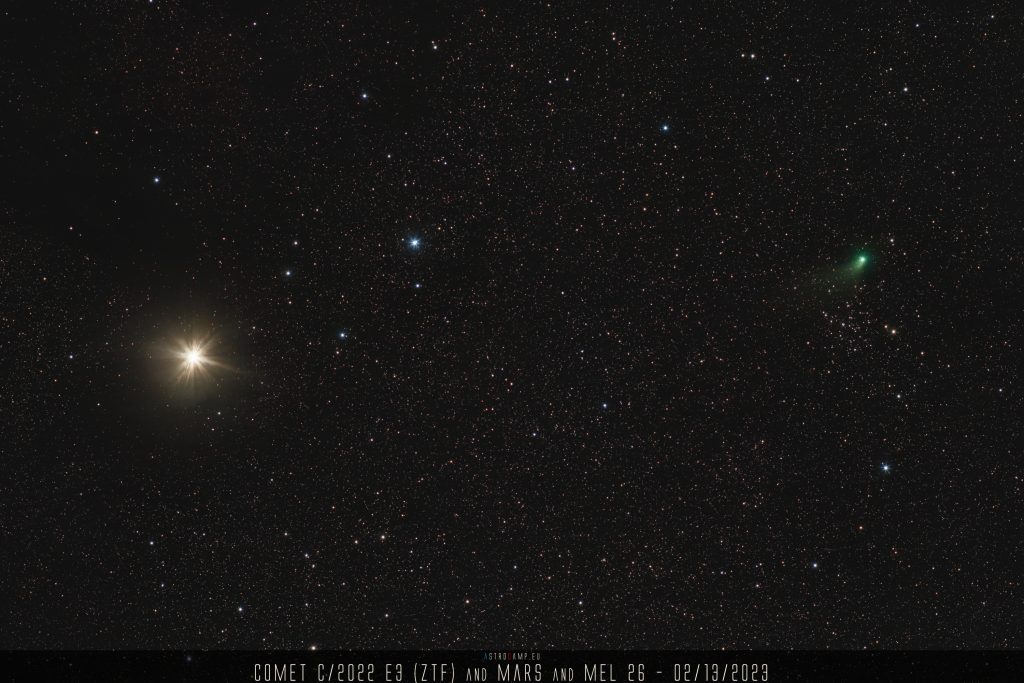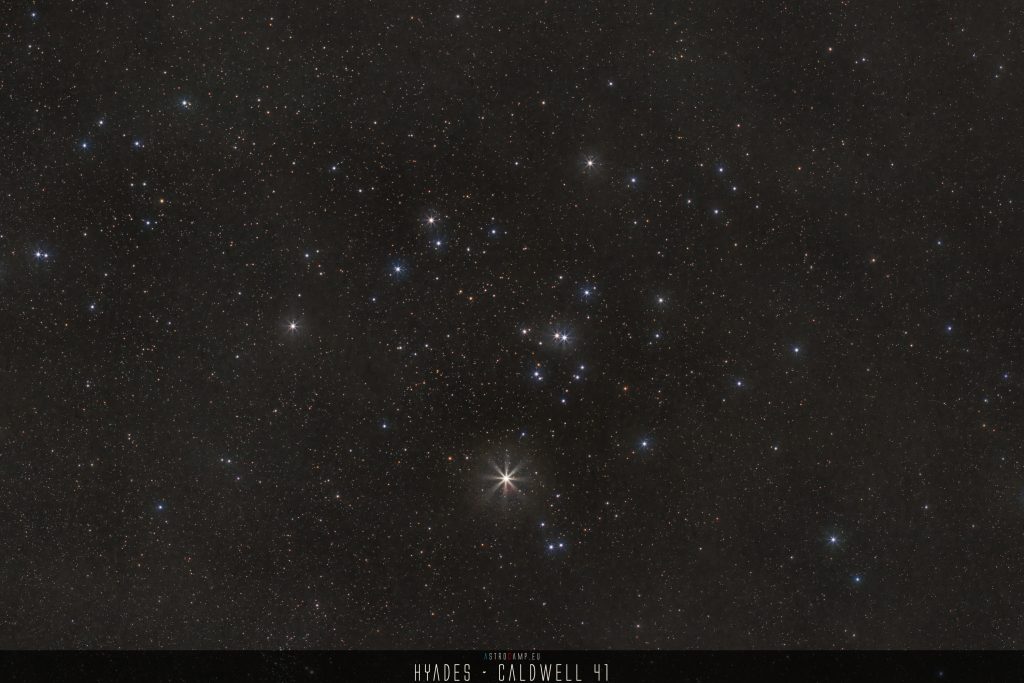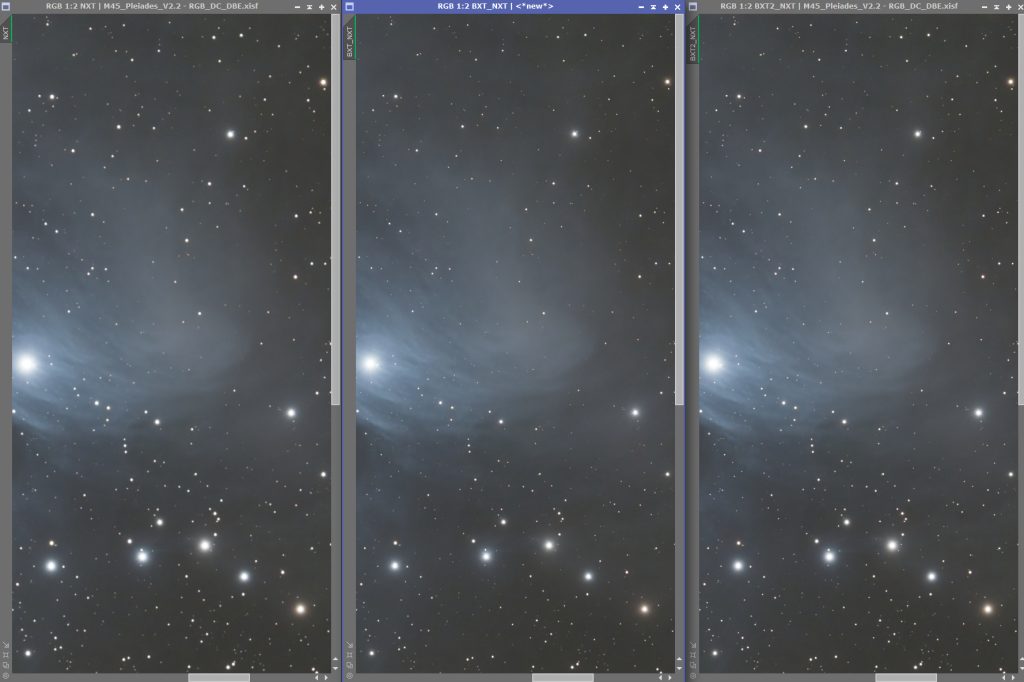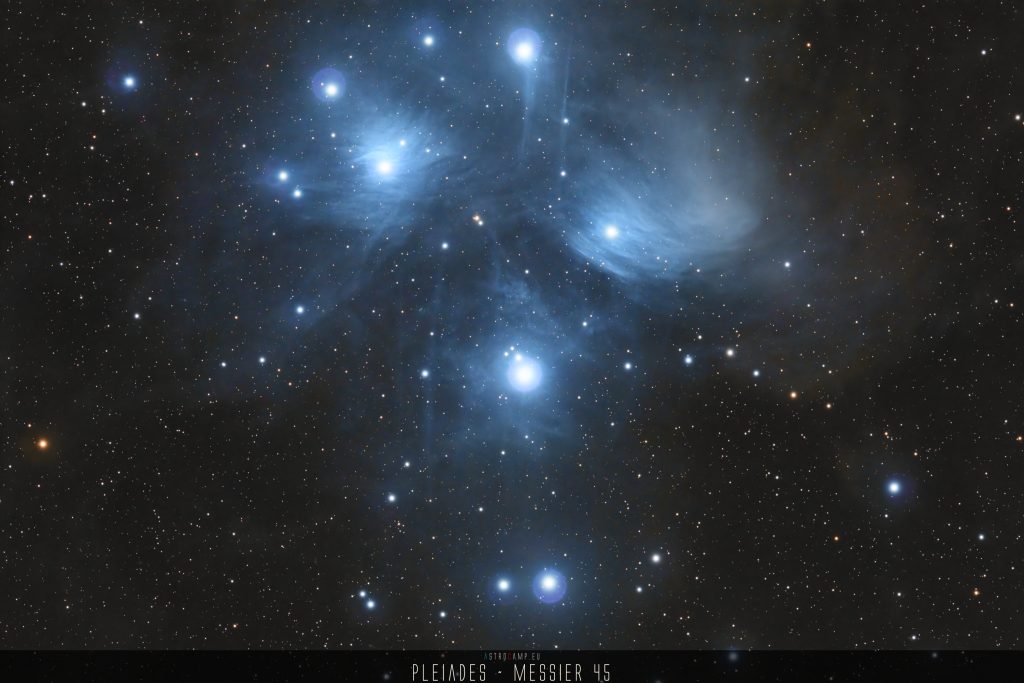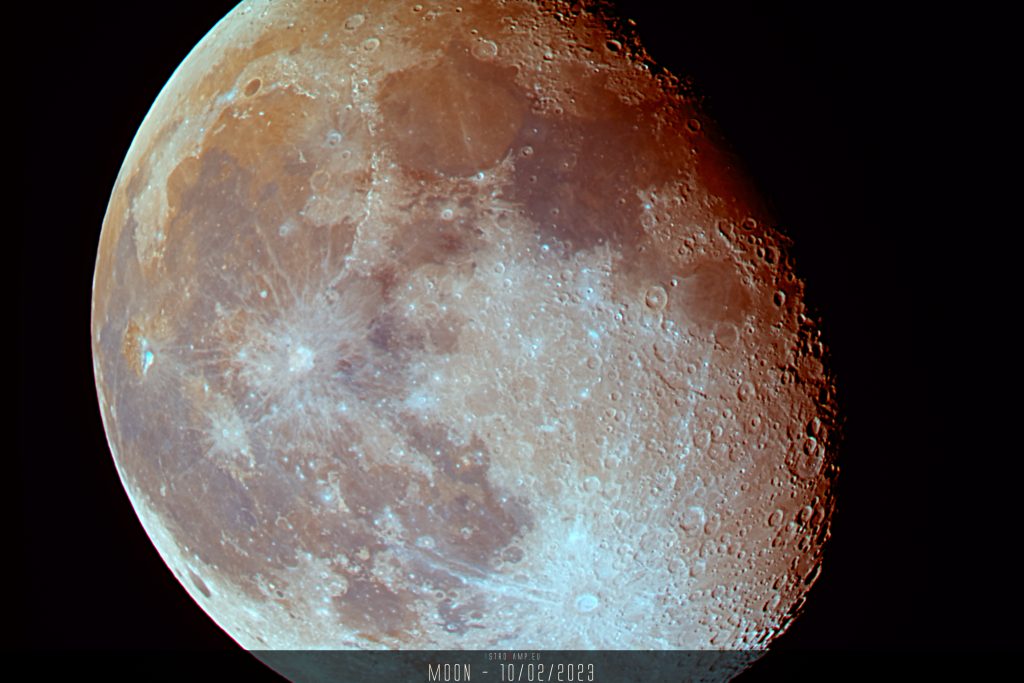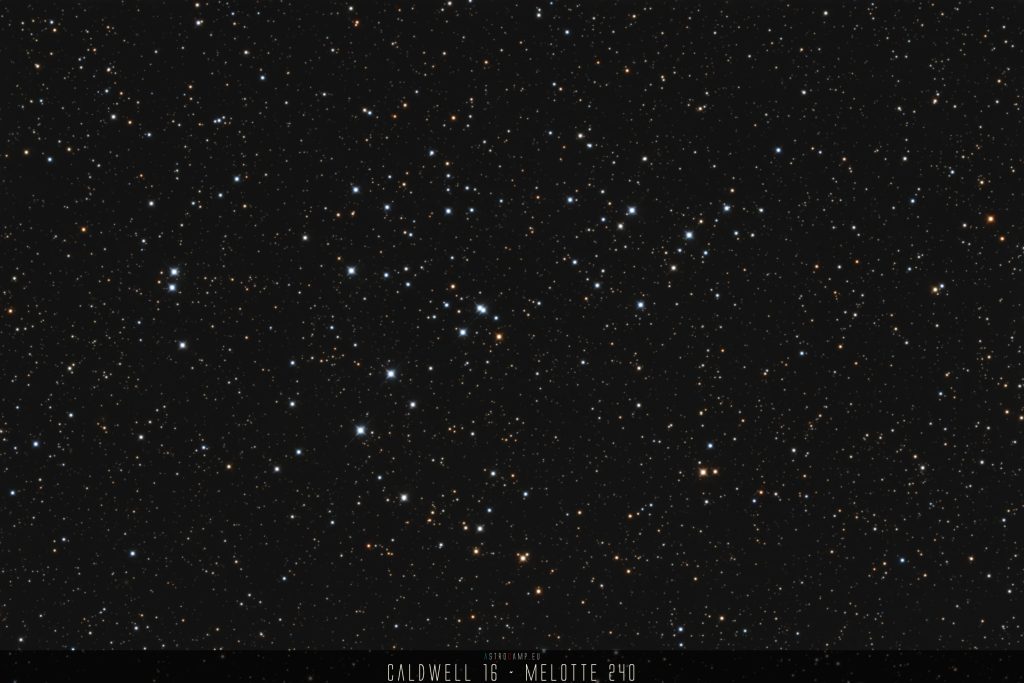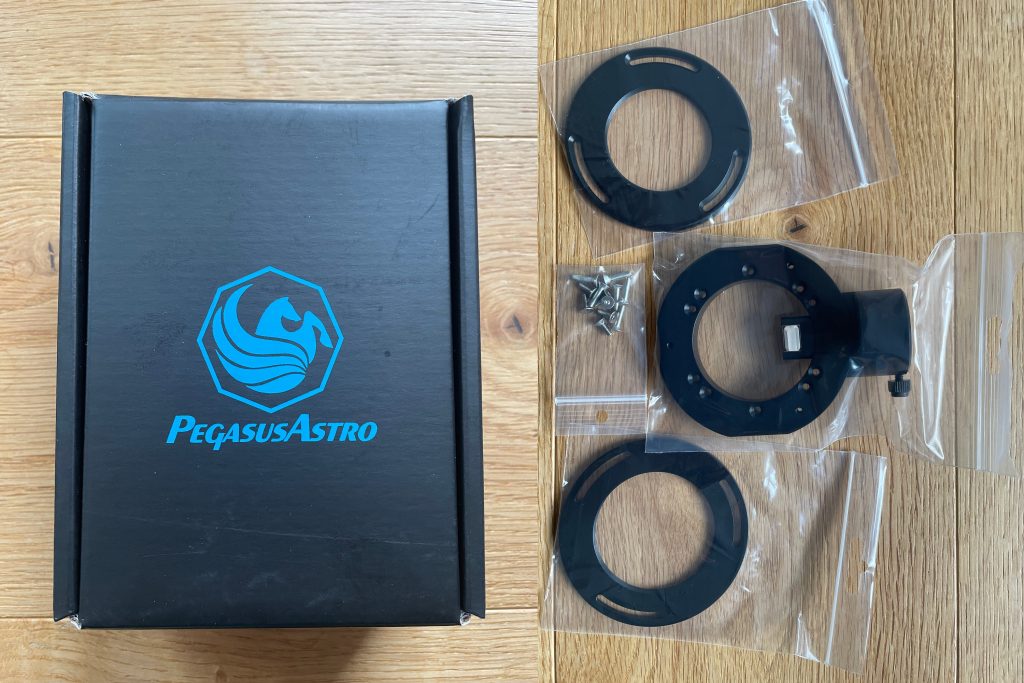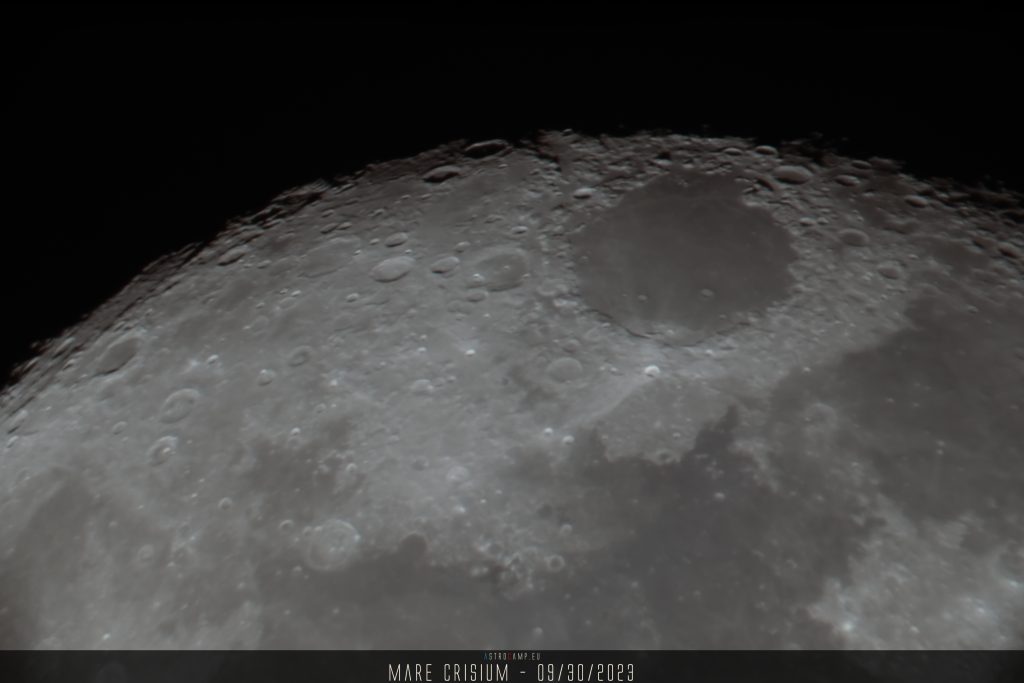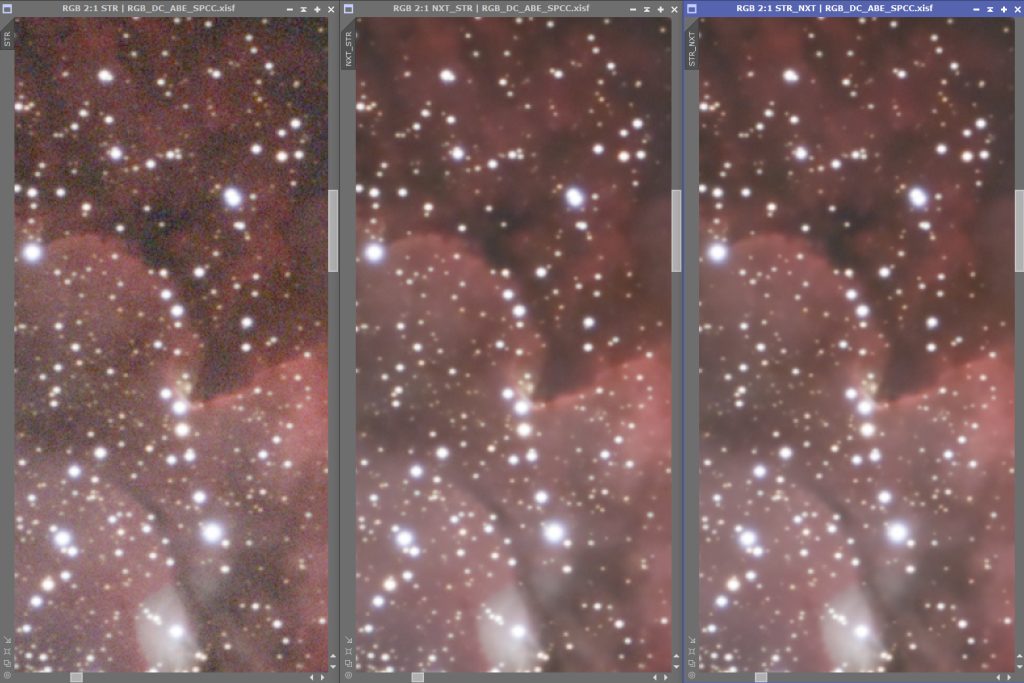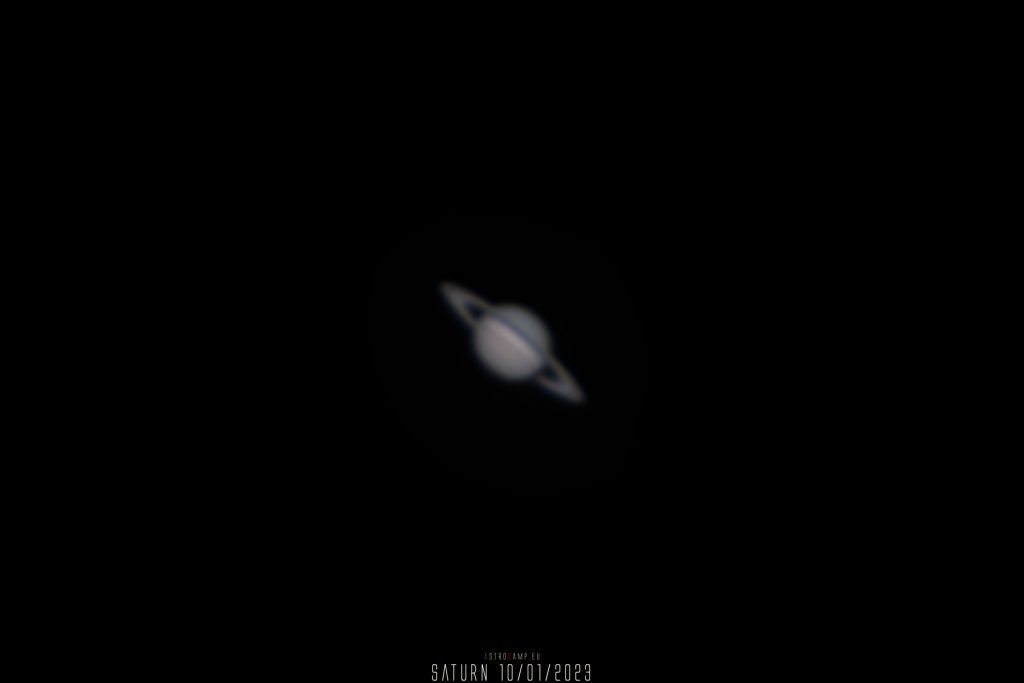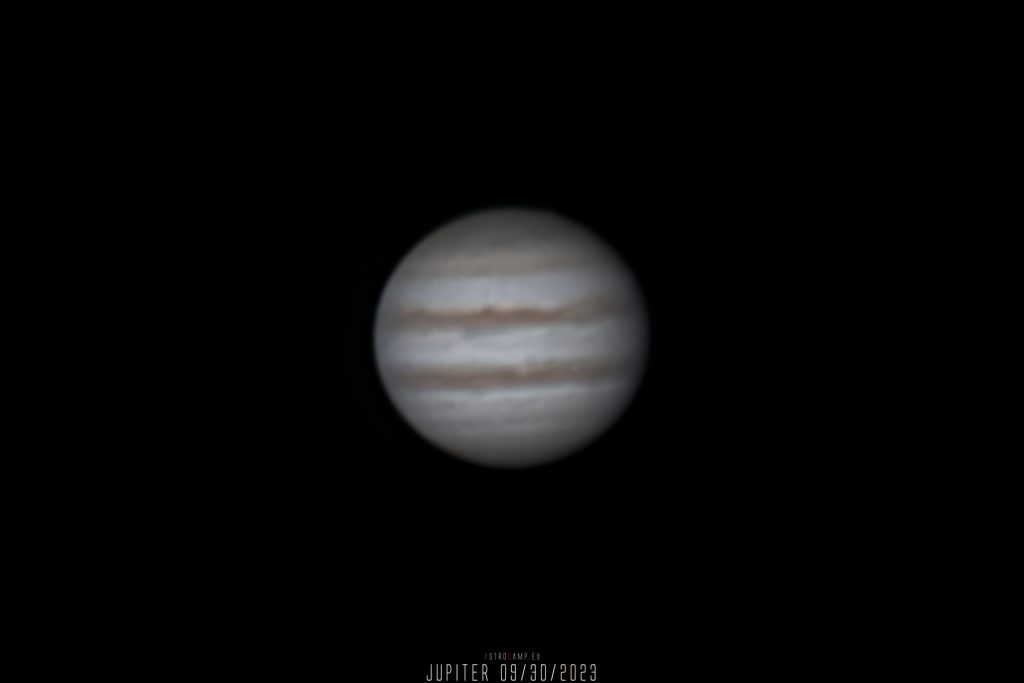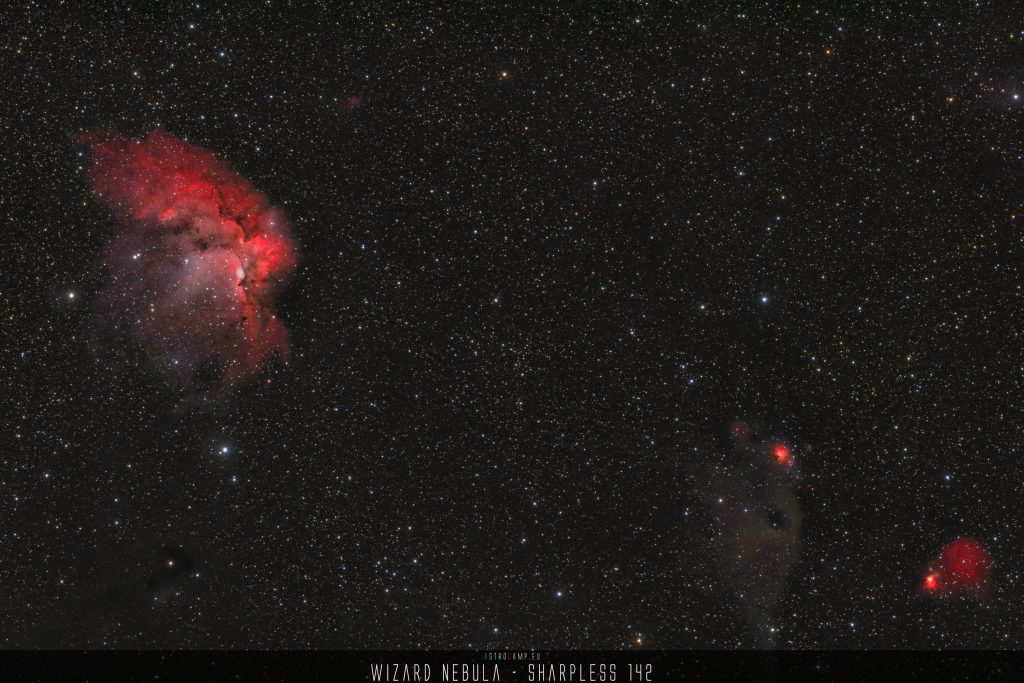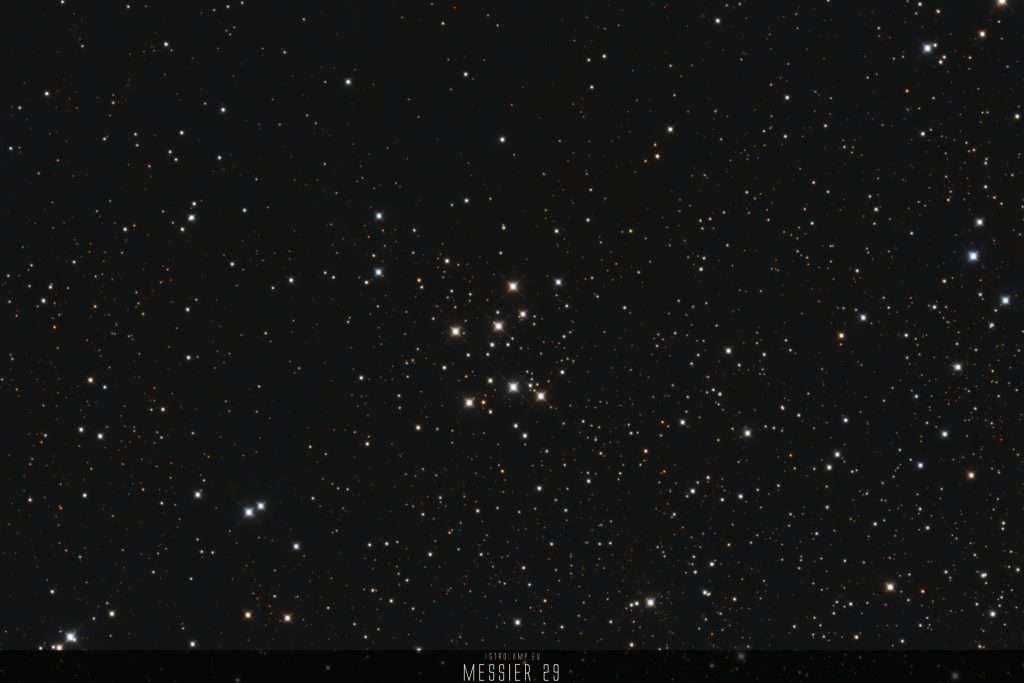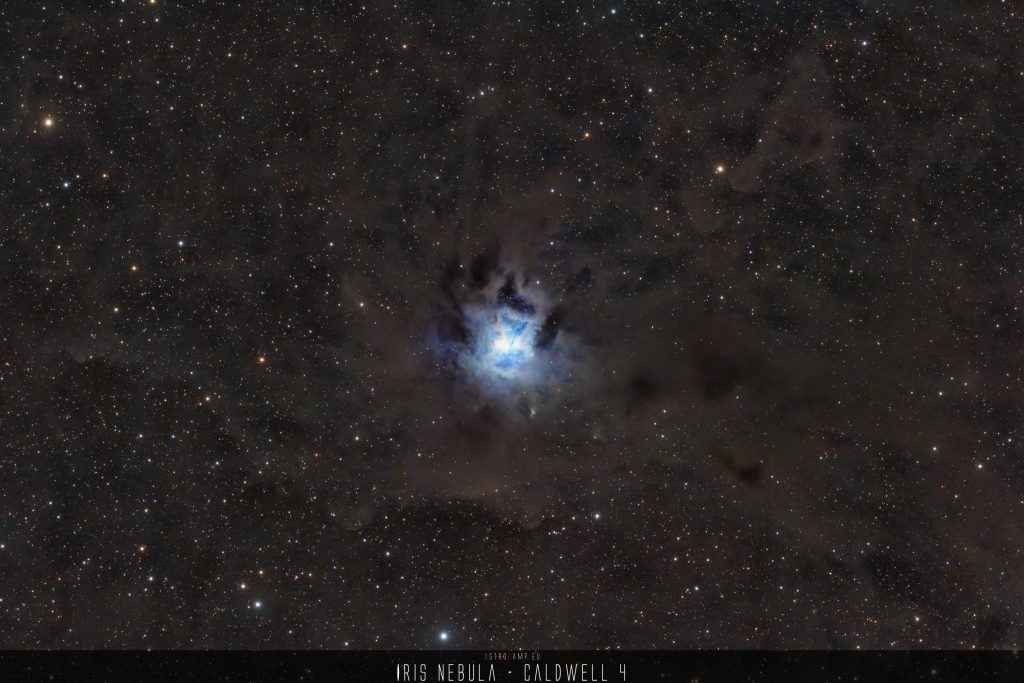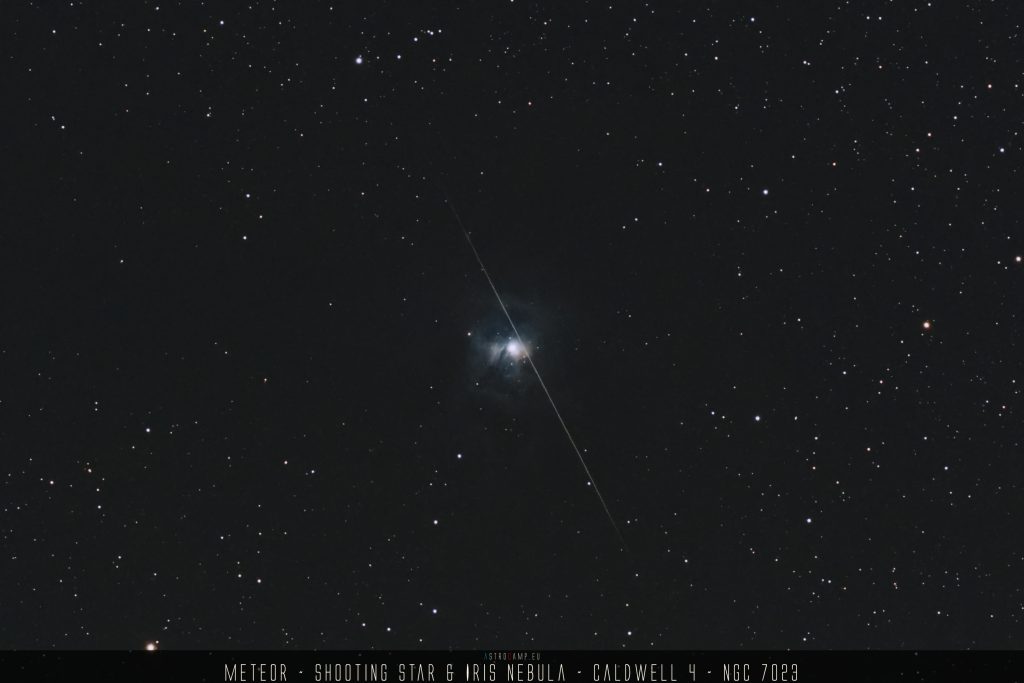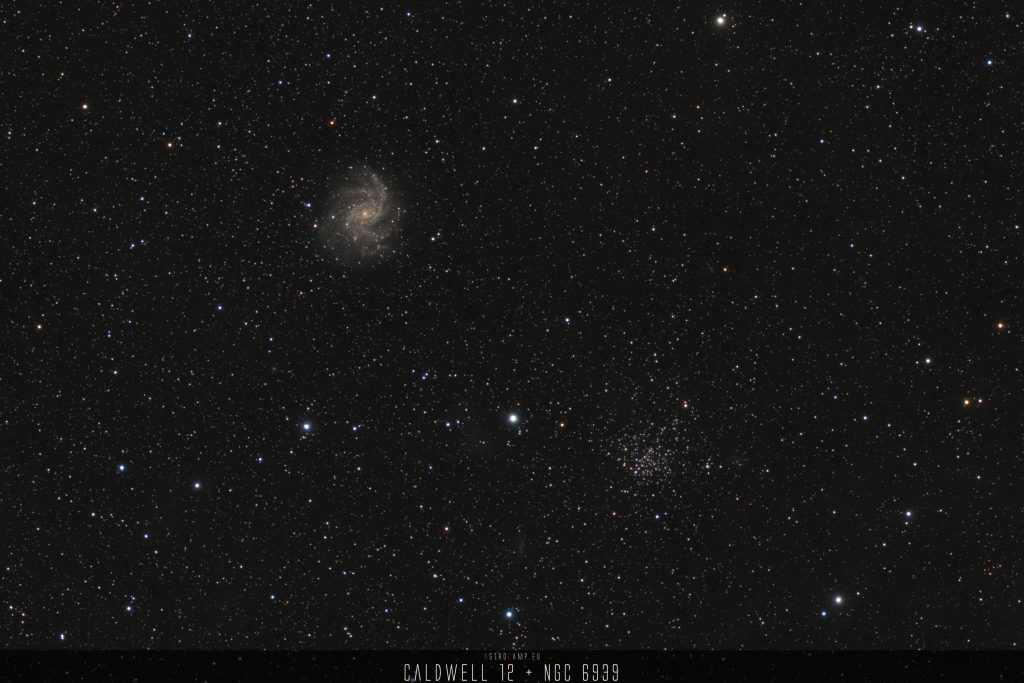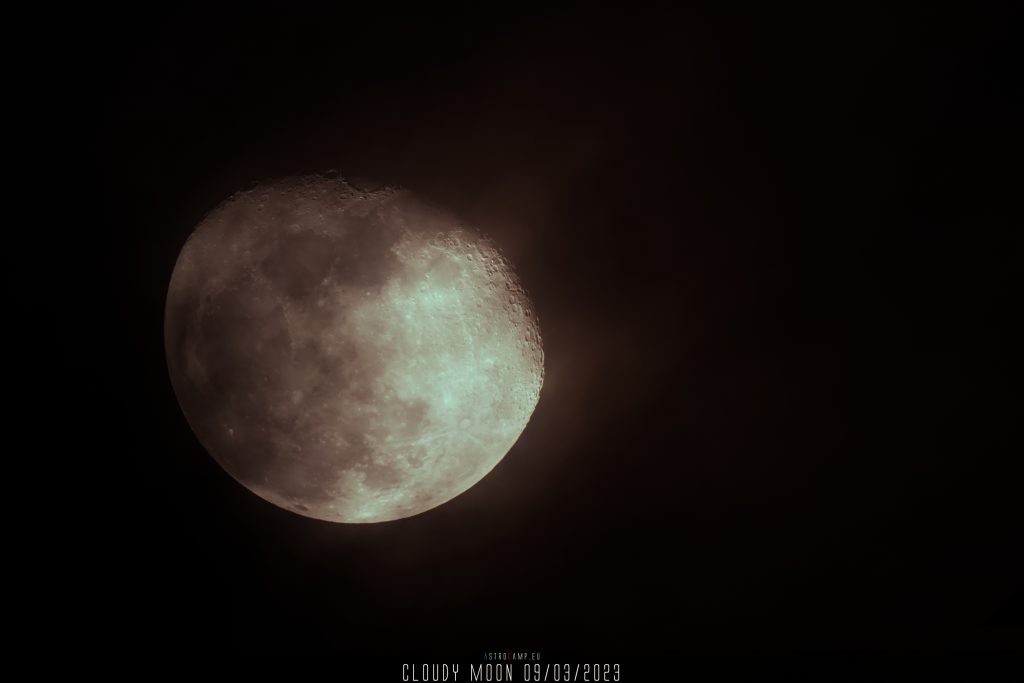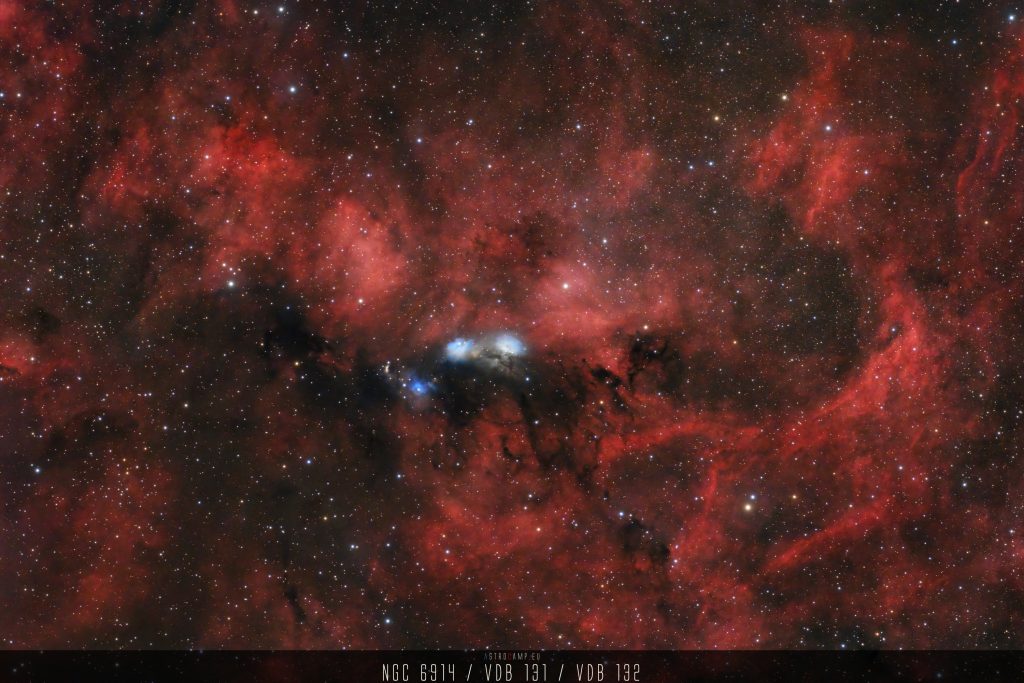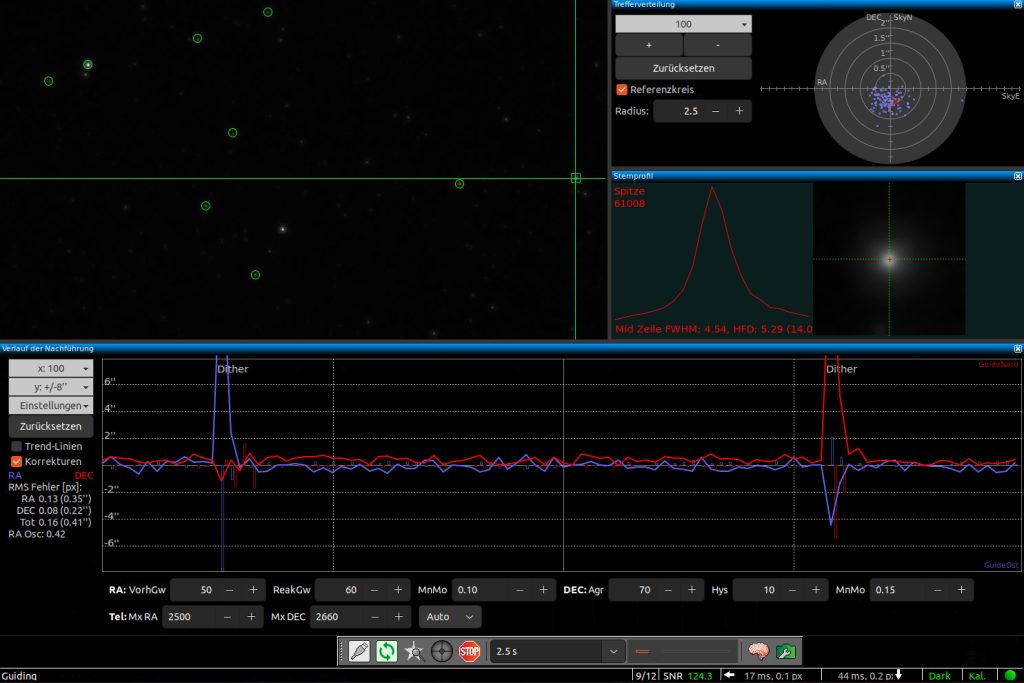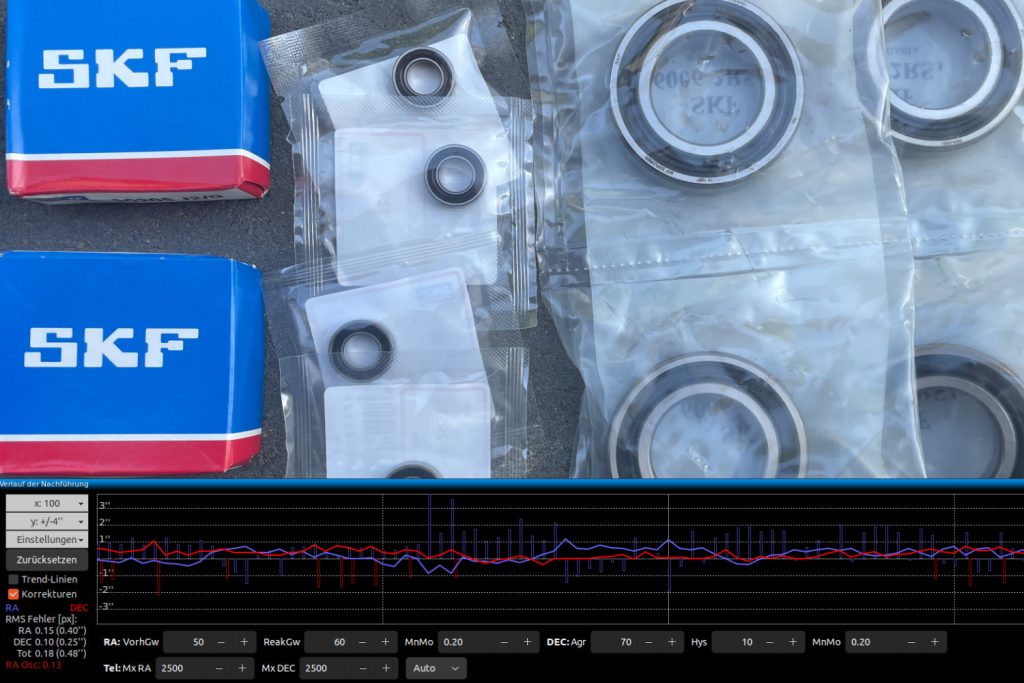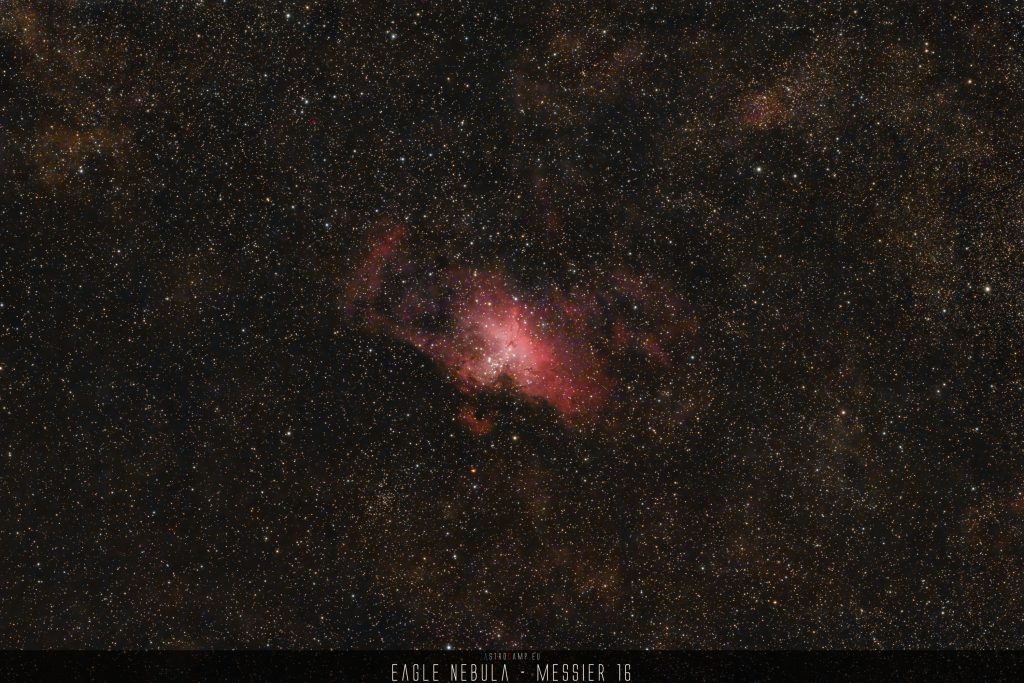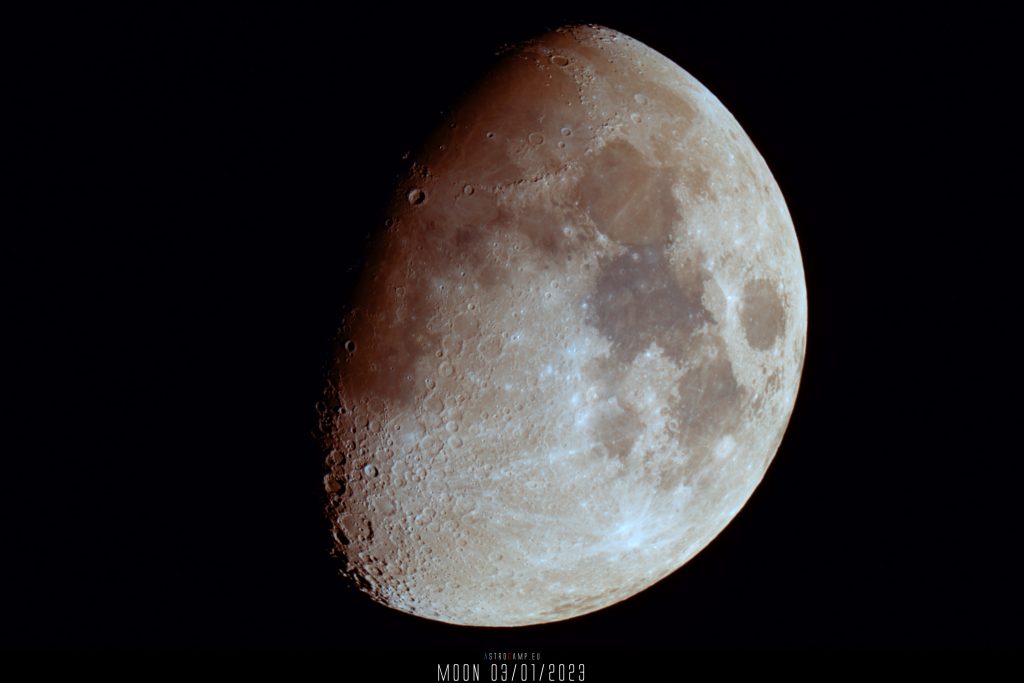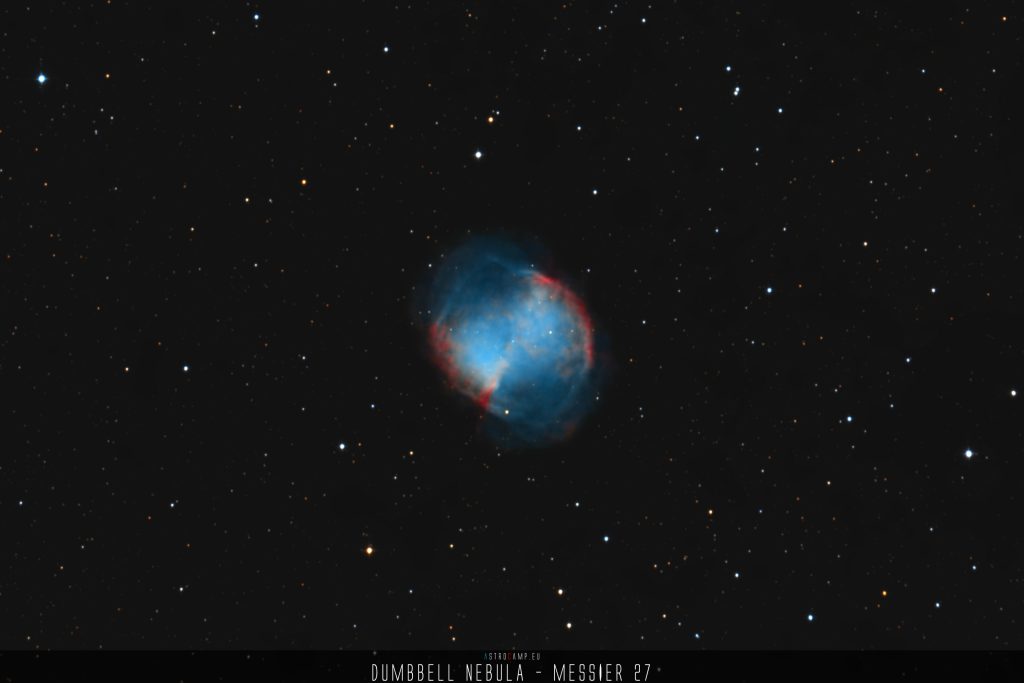Messier 65 is a spiral galaxy situated in the constellation Leo. It is known for its bright nucleus and prominent spiral arms. Its appearance is somewhat tilted to our line of sight, giving it an oblong shape. The galaxy is part of the Leo Triplet, a small group of galaxies.
Catalog Numbers
- Messier 65 (M65)
- UGC 6328
- NGC 3623
Position and Cosmic Neighborhood
Messier 65 resides in the constellation Leo, situated within the Leo Triplet alongside Messier 66 and NGC 3628. Its position in the night sky makes it a prominent target for amateur astronomers. Observers in the northern hemisphere can easily locate it during spring evenings.
Special Facts
- Messier 65 is a member of the Leo Triplet, making it part of a small interacting group of galaxies.
- It was discovered by Charles Messier in 1780, along with its companions Messier 66 and NGC 3628.
- The galaxy exhibits signs of tidal interactions with its neighbors, contributing to its distorted appearance.
- Messier 65 is approximately 35 million light-years away from Earth.
Characteristics
- Brightness: Magnitude 9.3
- Distance: Approximately 35 million light-years
- Size: Approximately 60,000 light-years in diameter
- Size (angular): About 8.7 arcminutes

